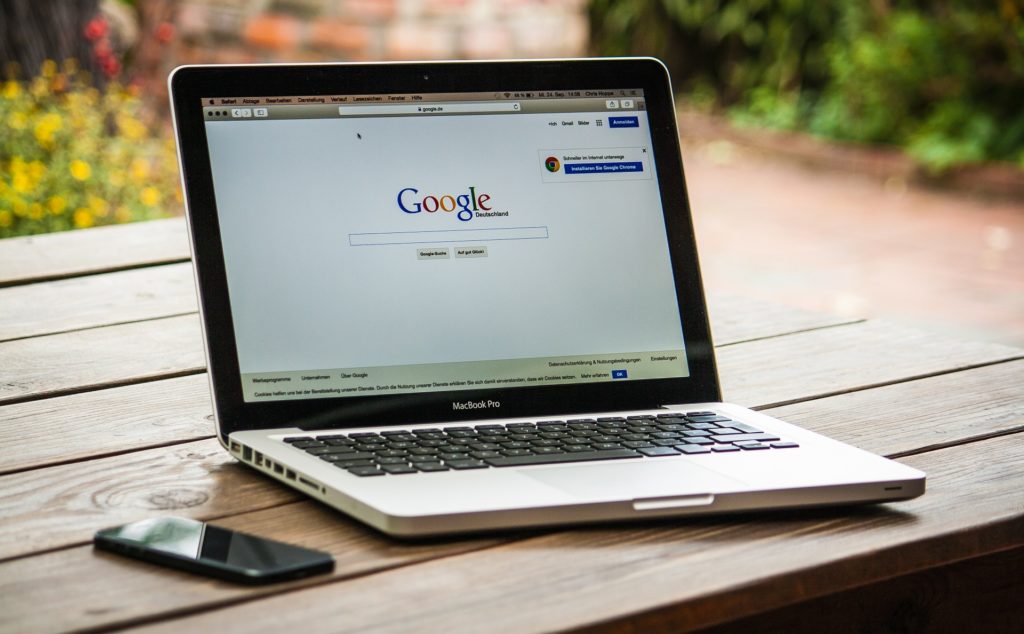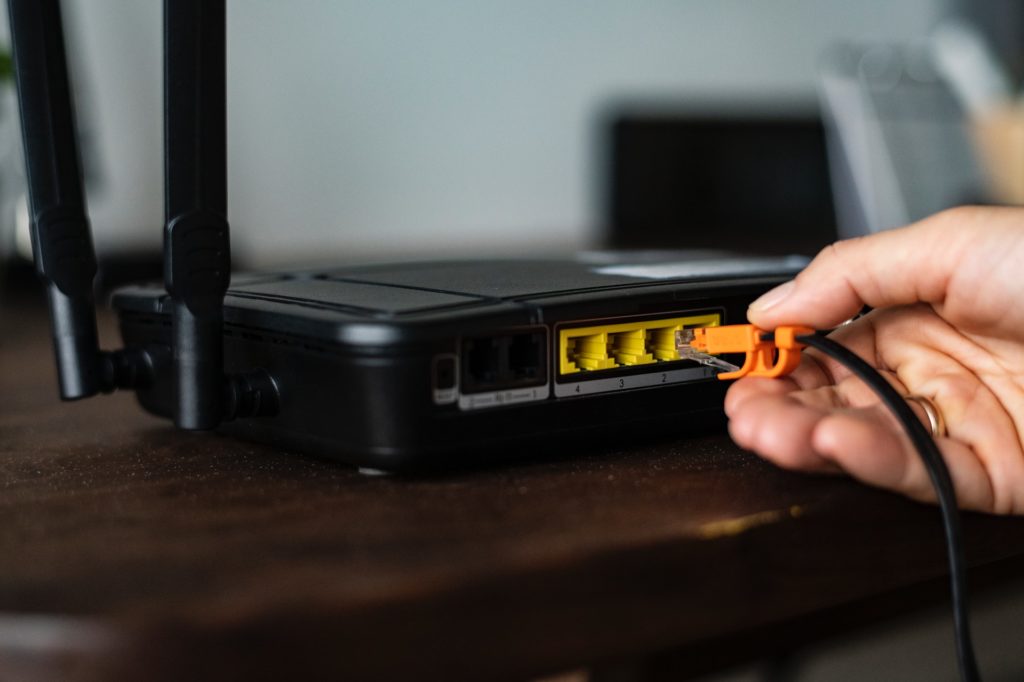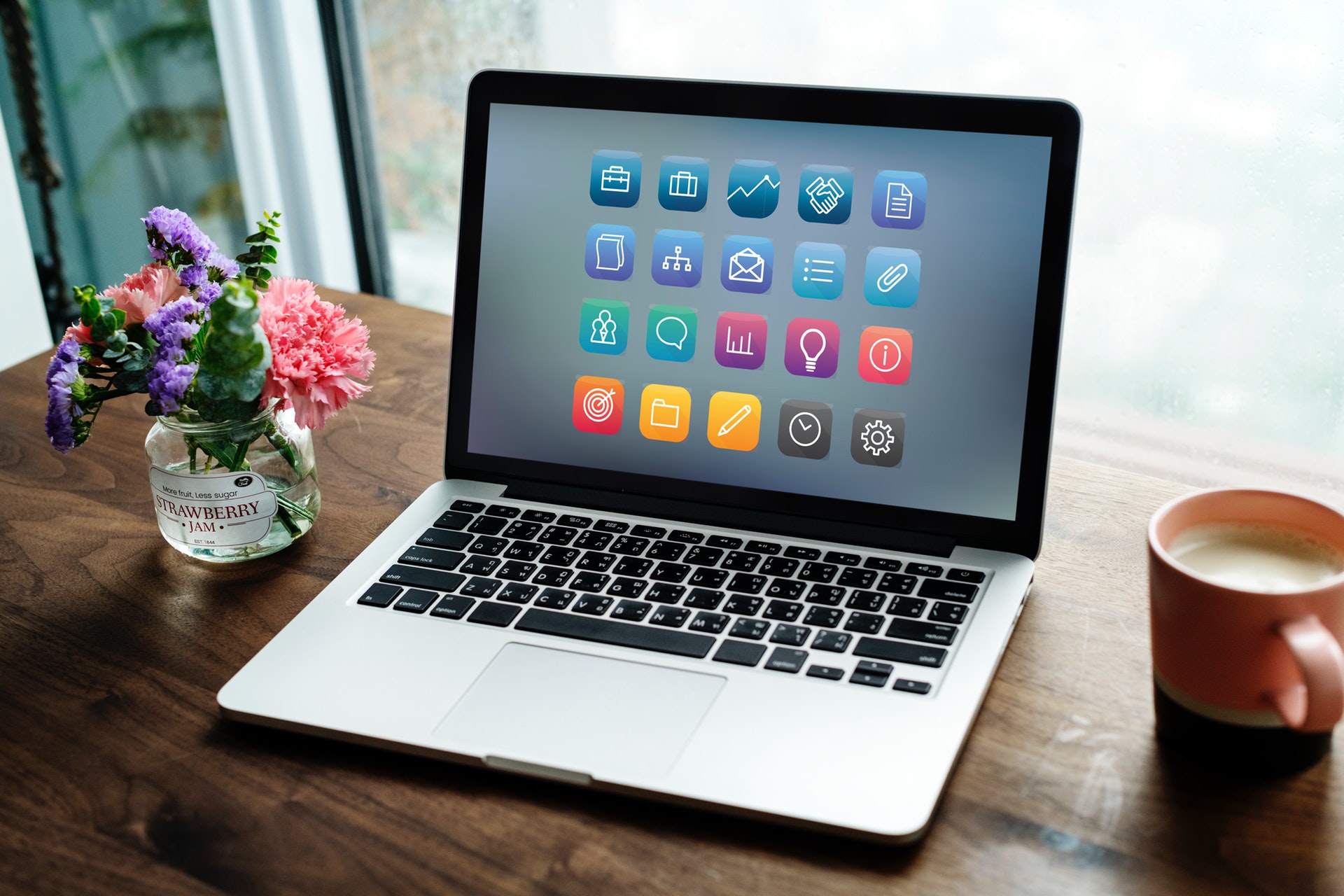The World Wide Web turned 30 in March and to celebrate, here’s a handy guide on how to connect your home to the internet, whether you’re setting it up for the first time or upgrading existing hardware.
YOU MIGHT LIKE: A period living room gets an update
1. Find out what type of connection is available in your area
Thankfully we are way beyond the days of 56k dial-up, but it doesn’t mean that everyone has access to the fastest fibre connections. If you live in a complex or estate, find out from your homeowners’ association what type of connection is available in your area. This could be ADSL or fibre. If neither of these are available (which is usually the case in more rural areas) you may have to opt for 3G (mobile) internet. You can also find out about coverage by visiting service providers’ websites, such as Telkom.
READ MORE: A tiny kitchen makeover

2. Decide what connection is best for you
Right now the best in the country is fibre optic. This is relatively new technology and in most areas is still being rolled out. Companies like Vumatel and Openserve have been installing fibre optic cables underground in different suburbs and towns. If they came to your area, your driveway was probably dug up. Fibre is usually the fastest (depending on your area), followed by ADSL and then 3G/4G. However, each has different price implications, so take your needs into account and shop around for quotes.
KEEP READING: SHOP LOAD SHEDDING ESSENTIALS

3. Sign up with a service provider
Once you’ve decided on the type of internet connection you want, it’s time to find a service provider. Cheaper isn’t always better in this regard. A saving of a few rand on your monthly fee might translate into terrible service, dropped connections and unreliable tech support. Do research – a quick Google search of “best ISPs South Africa” will turn up the latest ratings. Some service providers insist on a fixed term contract (usually 24 months but sometimes more) with the promise of a free modem (the device that allows you to connect your devices to the internet). Be wary of contracts, as they’re hard to get out of if you get terrible service. Service providers include Cool Ideas, MWEB, and Afrihost. For 3G/4G, all the cellphone service providers (Vodacom, MTN, Cell C) offer this, as well as a new one on the block, Rain, which offers internet-only SIM cards at very good prices.

4. Get online
When you have figured out what internet connection you prefer and have signed up with a service provider, you can now sit back and relax while they set it up for you. This will usually involve a technician coming to your house and connecting up the modem, as well as ensuring you have WiFi access. WiFi for those who don’t know, is essentially a wireless connection to the internet, so no need to plug in any cables. This is the standard way to connect nowadays. Be sure to include a password on your WiFi so your neighbours don’t get free internet access. You can now connect your smart TV, laptop, phones and any other devices to the internet.

5. Protect yourself
Congratulations, you’re connected! At this point, you’ll need to download and install anti-virus software onto your computer. There are reliable free options available, such as AVG. It’s important to have it up and running before you spend too much time online, to protect yourself from malware that can help hackers steal passwords and even allow them to spy on you through your webcam. As long as you keep your anti-virus software up to date, you shouldn’t have any issues, but it’s always important to be vigilant.

